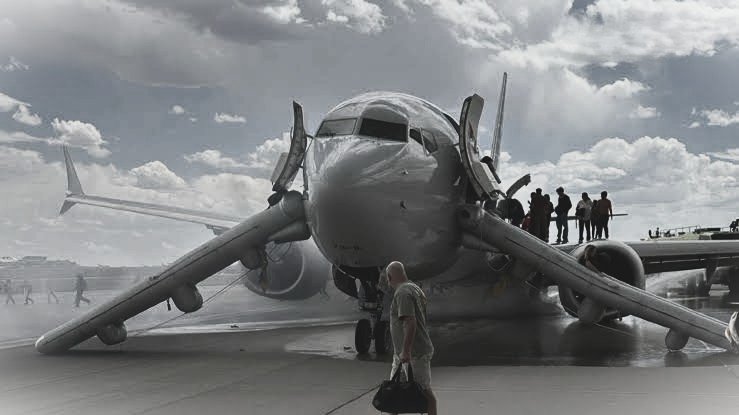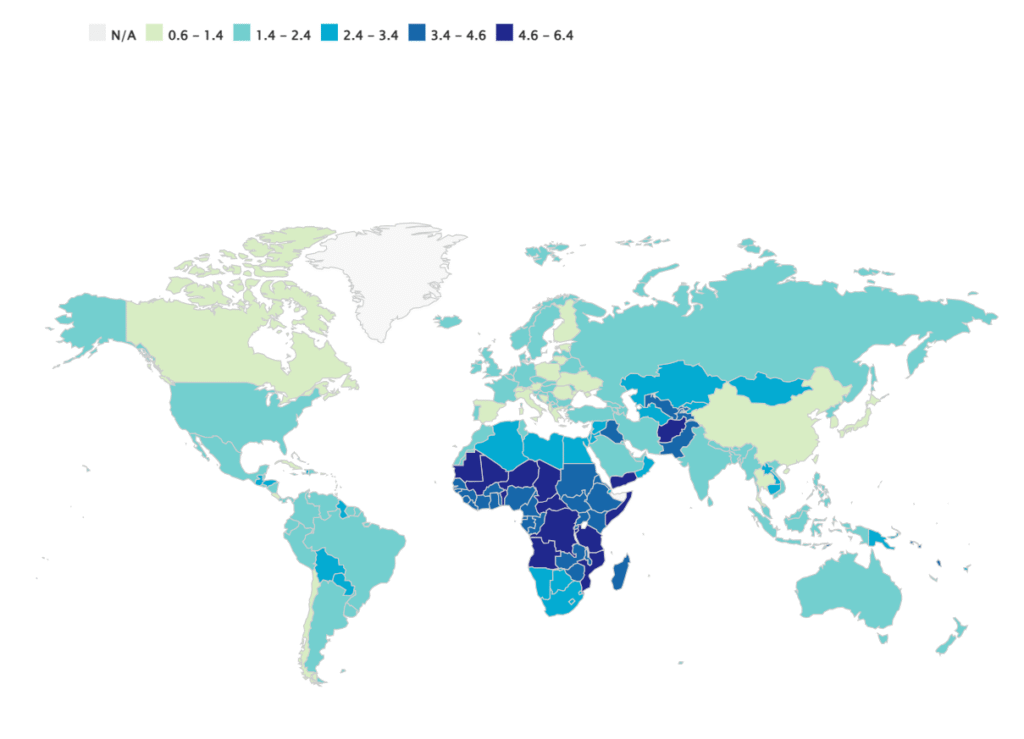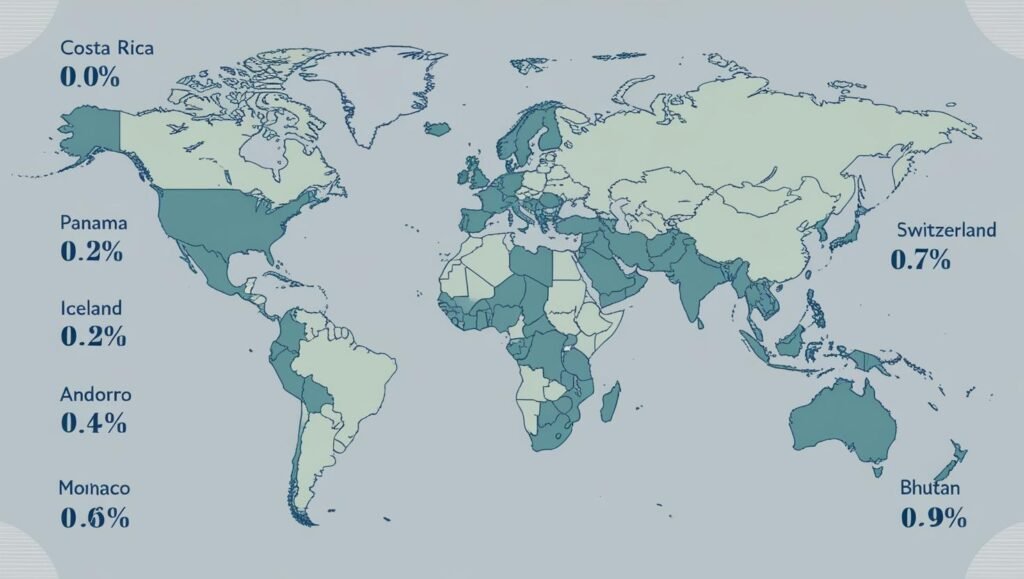A Scene Straight Out of a Disaster Movie—But It Was Real
On July 26, 2025, a Denver flight fire shocked passengers and onlookers at Denver International Airport. A Boeing 737 MAX operated by American Airlines burst into flames as it prepared for takeoff, forcing an emergency evacuation. Smoke billowed from beneath the plane, and passengers scrambled down slides in panic. One person was injured, and over 170 others narrowly avoided tragedy.
The Bigger Picture: This Isn’t an Isolated Case
The Denver flight fire is only the latest in a growing list of aviation emergencies unfolding across the globe in 2025. In the last few months alone, airlines have reported:
- Mid-air engine failures
- Runway evacuations
- Fuel leaks and onboard fires
- Emergency landings due to vibrations and smoke
And those are just the cases that make headlines.
It’s becoming harder to ignore the pattern: mechanical failures, followed by media silence, and no visible regulatory consequences. Planes are burning, but accountability is nowhere in sight.
What Went Wrong in Denver?
According to initial reports, the right landing gear of the Boeing 737 MAX overheated or failed, leading to the fire. Fire crews at Denver International responded quickly, extinguishing the flames. But the root cause remains under investigation by the FAA and NTSB.
American Airlines confirmed the incident but offered few details. The aircraft has been taken out of service.
But here’s the real concern: How many more planes are flying with unresolved safety issues right now?
We’ve Seen This Before — And It Was Worse
Earlier this year, another Boeing 737 operated by American Airlines caught fire after landing at the same airport. That incident injured 12 passengers and raised alarm bells about maintenance errors and possible fuel system flaws.
And these recurring safety lapses beg a serious question: Is the problem deeper than one airline or one aircraft?
Whistleblowers Tried to Warn Us
For those paying close attention, this isn’t a surprise. Earlier this year, a Boeing whistleblower came forward exposing critical safety concerns inside the company — from improper part installation to suppressed quality control reports.
The Boeing 737 MAX has already been at the center of multiple controversies, including deadly crashes, design flaws, and software issues that shook the aviation world just a few years ago.
If industry insiders are being silenced and maintenance shortcuts are being ignored, we have more than a fire problem—we have a trust problem.
Passengers Are Following the Rules. But Who’s Watching the Regulators?
We’re told to:
- Buckle up.
- Listen to safety briefings.
- Trust the system.
But what happens when the system fails — over and over again?
The FAA collects black boxes. The NTSB issues delayed reports. Airlines release sterile statements. Then… silence. Until the next fire. The next evacuation. The next headline.
What Needs to Change?
- Transparency: Passengers deserve to know when aircraft face prior safety issues.
- Regulation: Oversight must be independent, aggressive, and free from industry lobbying.
- Accountability: Airlines and manufacturers must face consequences — not just PR blowback.
This Is Bigger Than Denver
The Denver flight fire is more than an isolated event — it’s a warning. And it won’t be the last unless we treat aviation safety as a public priority, not just a corporate liability.
Final Thoughts: Don’t Let This Slide
The next time you board a plane, ask yourself:
Who made sure it was safe to fly?
It’s time to raise our voices — not just in fear, but in demand for truth, oversight, and action.
Because our safety should never be optional.
Source: NY Post




